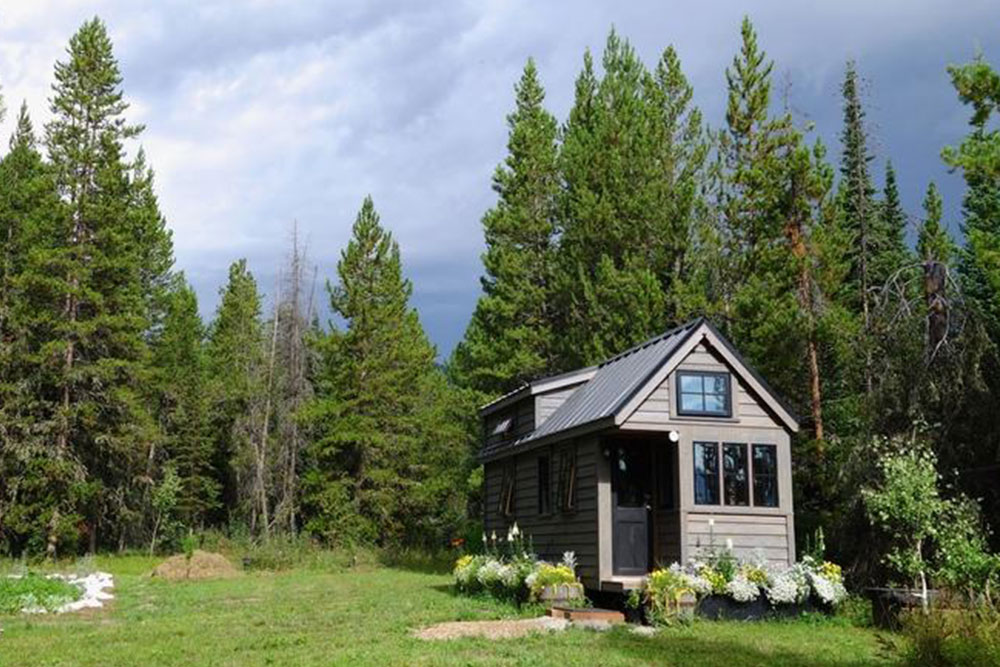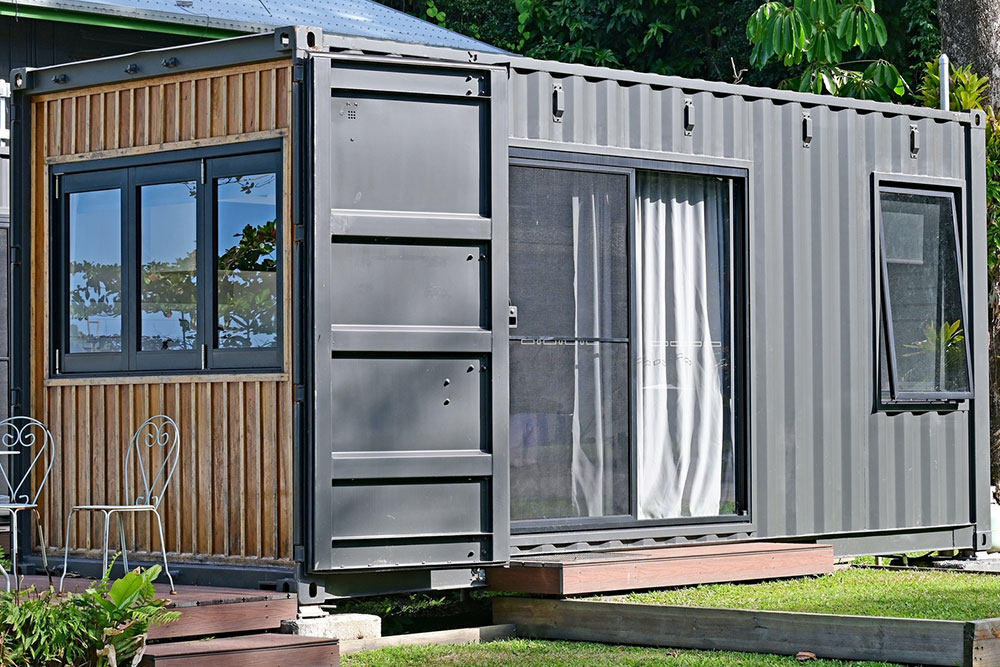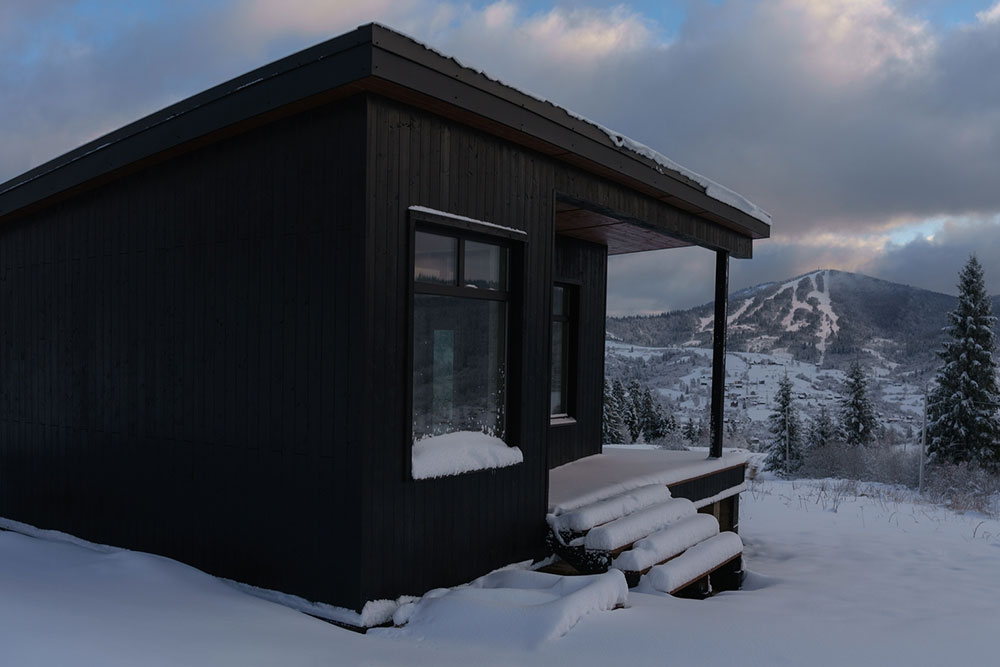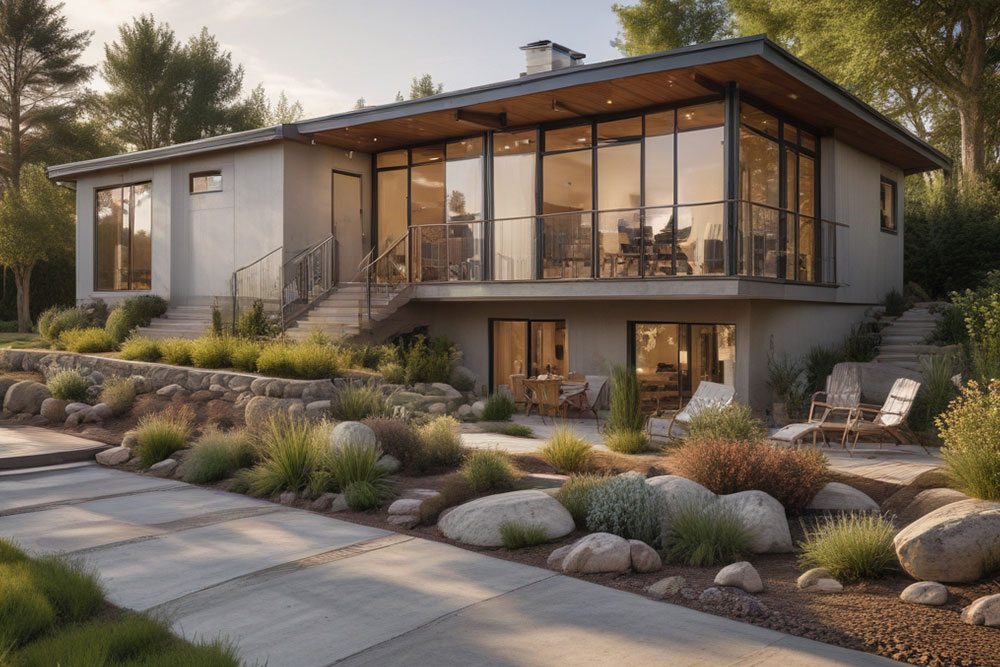The Evolution and Benefits of Modular Housing
Discover the history, advantages, and eco-friendly features of modular homes. Learn how these cost-effective, sustainable dwellings are transforming modern living through innovative materials and energy-efficient technologies.
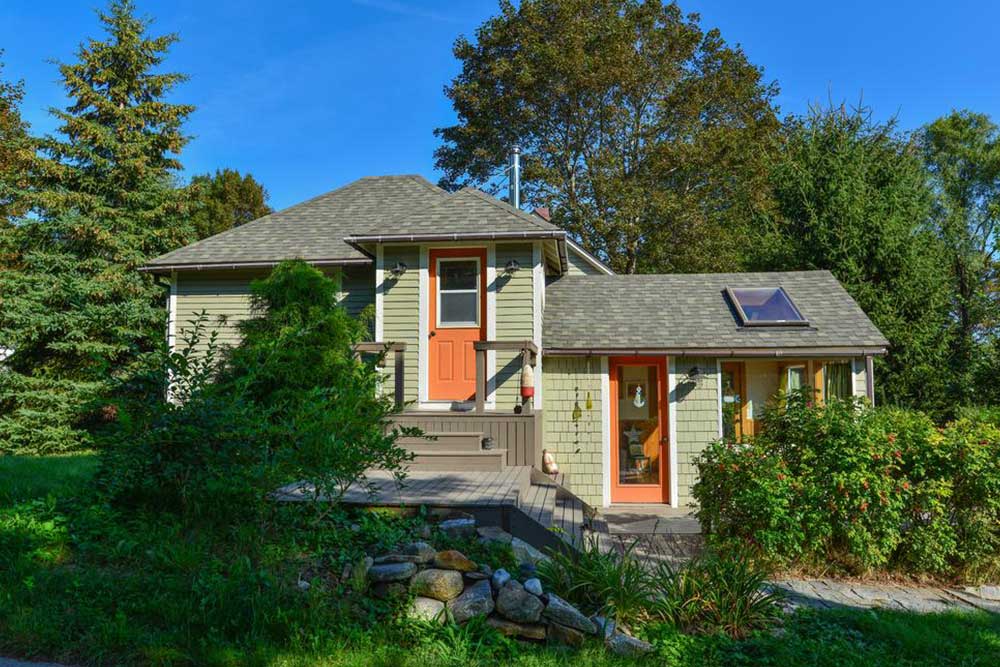
The Evolution and Benefits of Modular Housing
Modular homes saw a surge in popularity after World War II, addressing urgent housing needs rapidly. Initially costing under $2500, these kits contained prefabricated wood parts, nails, tools, and paint, allowing homeowners to assemble their houses with minimal help. Regulations in the 1970s improved safety standards for modular structures. Today, modern prefab homes incorporate cutting-edge technology and eco-friendly materials. They are favored for being cost-effective, high-quality, sustainable, and visually appealing, making them a top choice for first-time homebuyers seeking environmentally responsible living options.
If you want to build environmentally friendly homes with minimal ecological impact, modular homes are an excellent choice. These homes are manufactured in factories tailored to specific measurements, significantly reducing material waste by nearly 50%. Unused materials are recycled, and overall landfill waste from construction drops by 40%. Modern modular designs often feature green roofs, solar panels for electricity, and storage batteries to sell excess power back to the grid. They also utilize non-toxic, low VOC materials, reinforced recycled components, bamboo flooring, rainwater harvesting, geothermal heating, tankless water heaters, and low-flush toilets, making them an ideal eco-conscious living solution. When constructing a modular home, ask builders about energy-efficient and sustainable materials to ensure an affordable, green, and quickly built residence.



